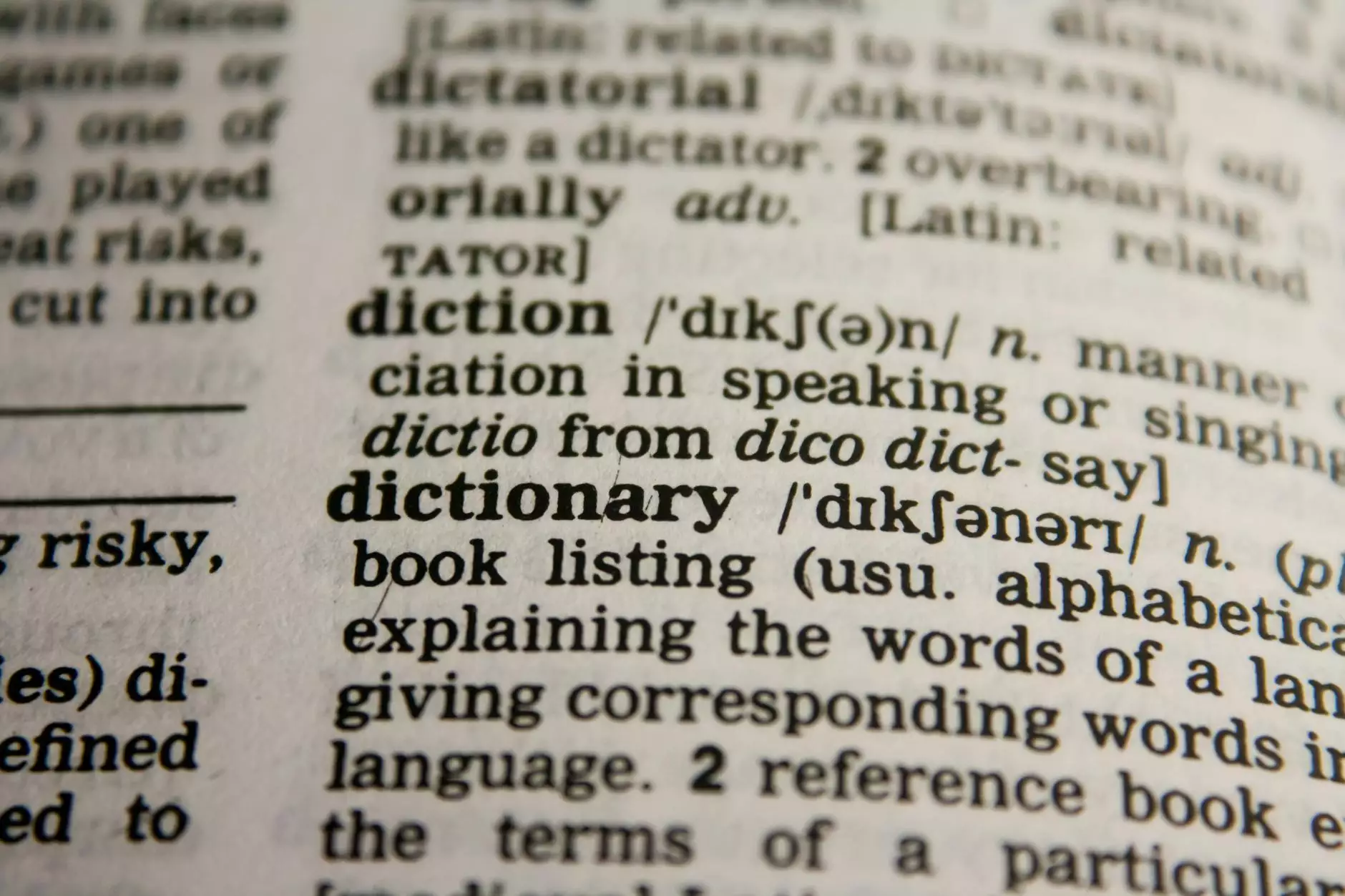Before, After, Without + VerbING – English Grammar Lesson
English Grammar Lessons
Introduction
Welcome to NJCLT's English grammar lesson on "Before, After, Without + VerbING." In this detailed lesson, we will explore the correct usage of these common phrases in English grammar. Understanding the correct application of these phrases will enhance your communication skills and improve your overall English proficiency.
The Usage of "Before + VerbING"
Before + VerbING is used to describe an action that happens prior to another action. It is crucial to place the verb in the present participle form (-ing) after the word "Before" to maintain grammatical accuracy. For example:
Incorrect: Before she eats, she drank a cup of tea.
Correct: Before eating, she drank a cup of tea.
By using "Before + VerbING" correctly, you can convey the sequence of events accurately.
The Usage of "After + VerbING"
Similar to "Before + VerbING," "After + VerbING" is used to describe an action that occurs subsequent to another action. Please remember to utilize the present participle form (-ing) after "After." Consider the following example:
Incorrect: After she will finish her work, she will go for a walk.
Correct: After finishing her work, she will go for a walk.
Ensure you use "After + VerbING" correctly to express the correct order of events.
The Usage of "Without + VerbING"
"Without + VerbING" is employed to indicate the absence or non-occurrence of a particular action. This structure is used when something is done or happens without the mentioned action. Take a look at the following example:
Incorrect: She played the game without losing.
Correct: She played the game without losing.
Using "Without + VerbING" correctly allows you to convey situations where something does not happen or exist.
Practical Examples and Further Explanation
To gain a deeper understanding of how to use "Before, After, Without + VerbING" effectively, we will explore additional practical examples:
Example 1: Before going to bed, it is important to brush your teeth thoroughly. This ensures good dental hygiene.
Example 2: After completing the assignment, John submitted it to his professor for evaluation.
Example 3: Without rehearsing the presentation, she confidently delivered a remarkable speech.
Conclusion
Mastering the correct usage of "Before, After, Without + VerbING" is essential to improve your English grammar skills. By following the guidelines provided in this lesson, you will be able to express events and actions in their appropriate order and convey the absence or non-occurrence of specific actions accurately. Practice incorporating these phrases into your daily conversations to enhance your English proficiency.
Start incorporating "Before, After, Without + VerbING" into your sentences to elevate your English grammar skills today!










